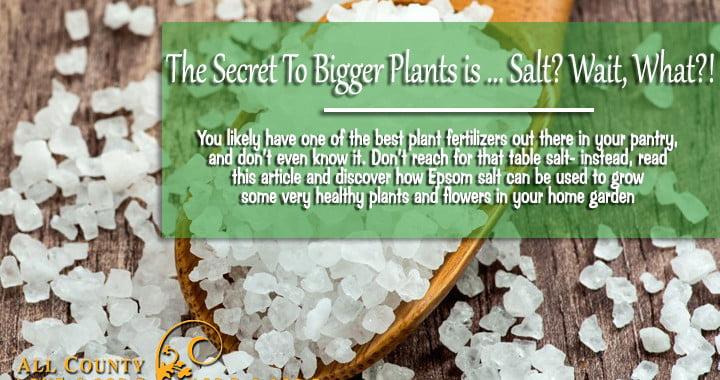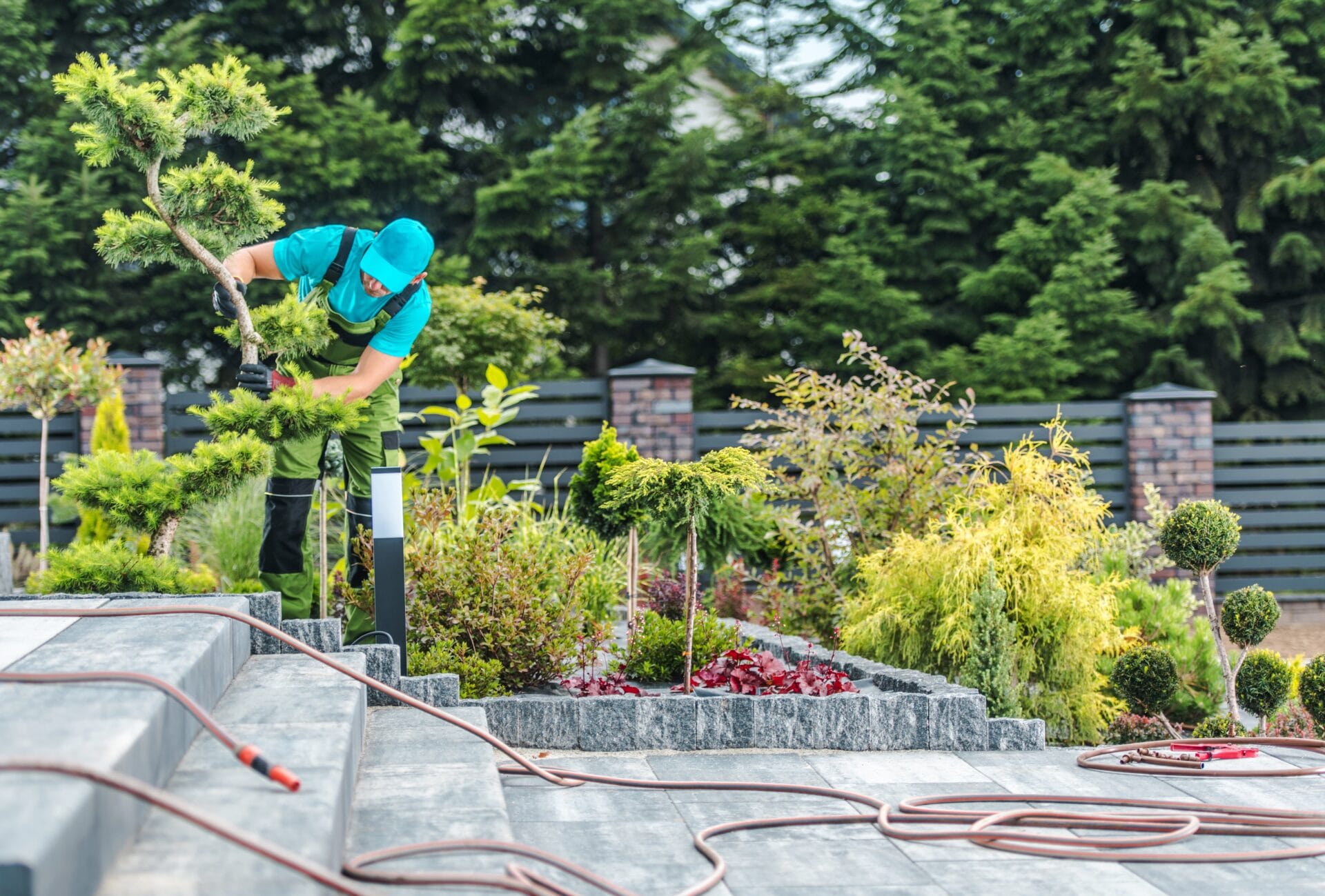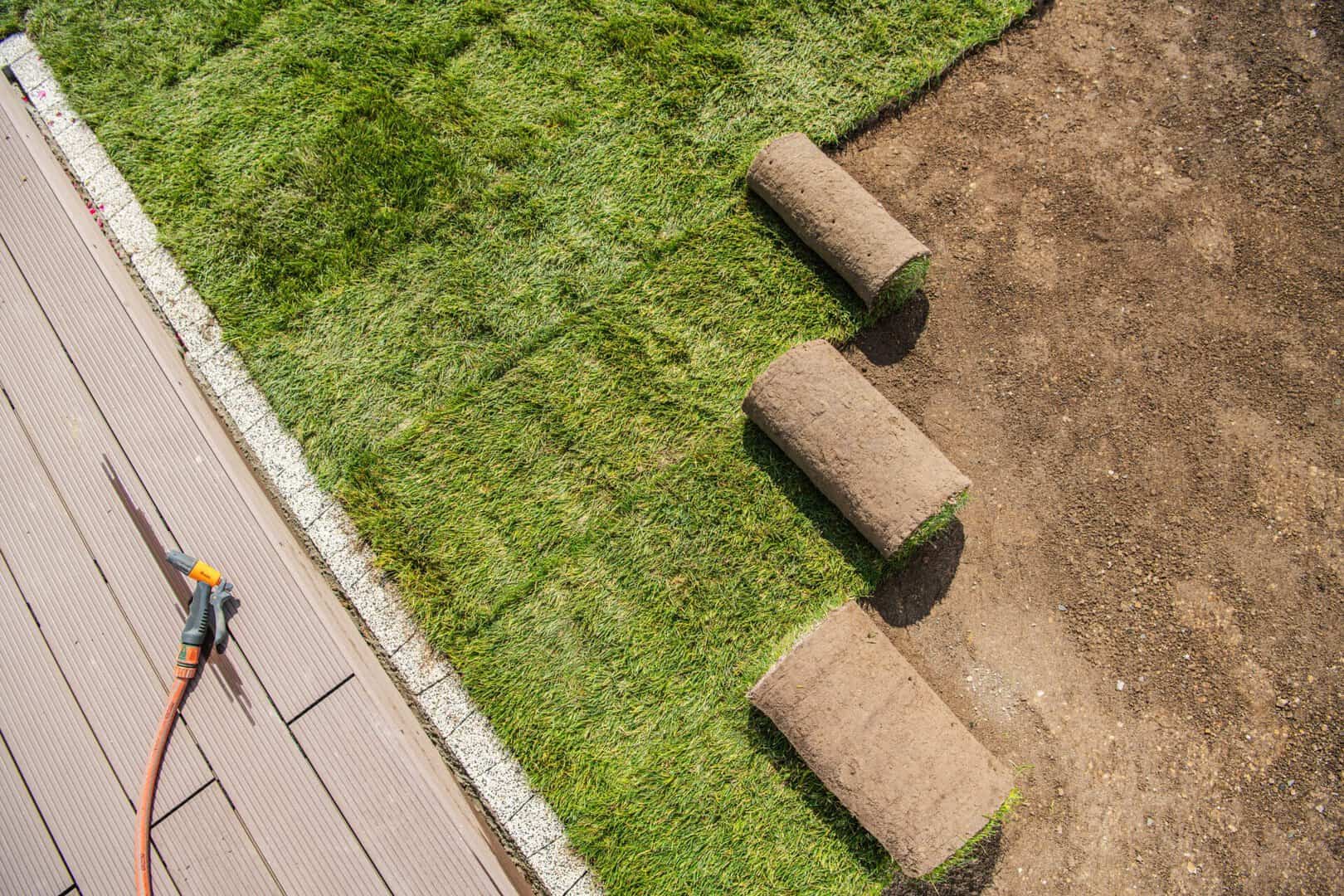
So what is Epsom Salt?
Epsom Salt is actually Magnesium Sulfate. It gets its (somewhat deceptive) name from it’s place of origin. This salt is actually from a saline spring in Epsom, Surrey, England. It has some other names, such as epsomite, or kieserite; but no matter what you call it- this magnesium sulfate crystal has been used in agriculture for decades as a fertilizer.
How does Epsom Salt Work as a Fertilizer?
Magnesium is an essential element in the chlorophyll molecule, and sulfur is an important micronutrient for plants. Epsom salt, due to its composition and high magnesium content, works as a fertilizer because it fixes both magnesium and sulfur deficiencies in soil. What makes Epsom salt a superior fertilizer is two fold.
- It is better option for agriculture because of its high solubility, which makes it a great candidate for foliar feeding
- It is nearly neutral in acidity, so using Epsom salt feeds the plants without making a noticeable impact on the pH of the soil.
How does Epsom Salt Benefit Plants?
- Supplying plants with much needed sulfur and magnesium
- It helps to increase photosynthesis by increasing the plant’s production of chlorophyll
- Allows the plant to more efficiently intake nitrogen and phosphorus
- Encourages leaf growth- plants end up with big, bushy leaves
What plants benefit the most from Epsom Salt?
Although it is a great soil additive in the majority of plants, there are some specific plants which gain the most benefit from its use. These plants are plants that are generally categorized as magnesium hungry plants, like roses, potatoes, lemon, carrots, peppers and a few others.
How do I use it with My Plants?
How is this for simple? Fill your watering can and add 1 teaspoon of Epsom salt for every liter of water. This method is the general guideline, but some plants use a little more, or a little less.
Tomatoes and Peppers:
You will want to up the concentration to 2 teaspoons of Epsom Salt per every liter of water. Apply this solution to the roots section only, and only apply every 15 days or so.
Roses & Other Flowering Plants:
Roses need a lot of magnesium. Epsom salt is a miracle worker for flowering plants. Simply put a teaspoon of this salt around the base of the plant near the roots during transplanting, and then again during flowering. This will encourage the growth of basal canes, or those thick stems that produce the most support and foliage for plants.
In conclusion:
There are a ton of uses for Epsom Salt, and one of the most handy is as a fertilizer for your home garden. Epsom salt creates super sized blossoms, lush foliage, and strong healthy plants. It is safe for indoor and outdoor use, and most people have some in their house already! Don’t have any ? You can pick it up basically anywhere groceries are sold, or at most local pharmacies!
For more tips on gardening, or general ideas for your yard, visit our blog!




